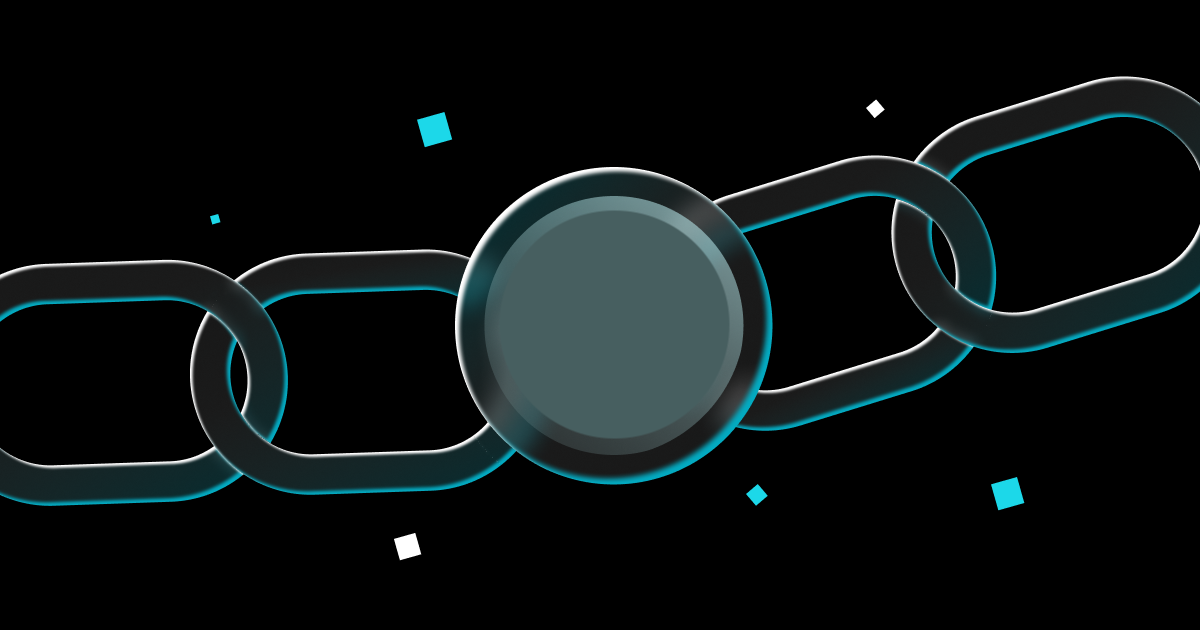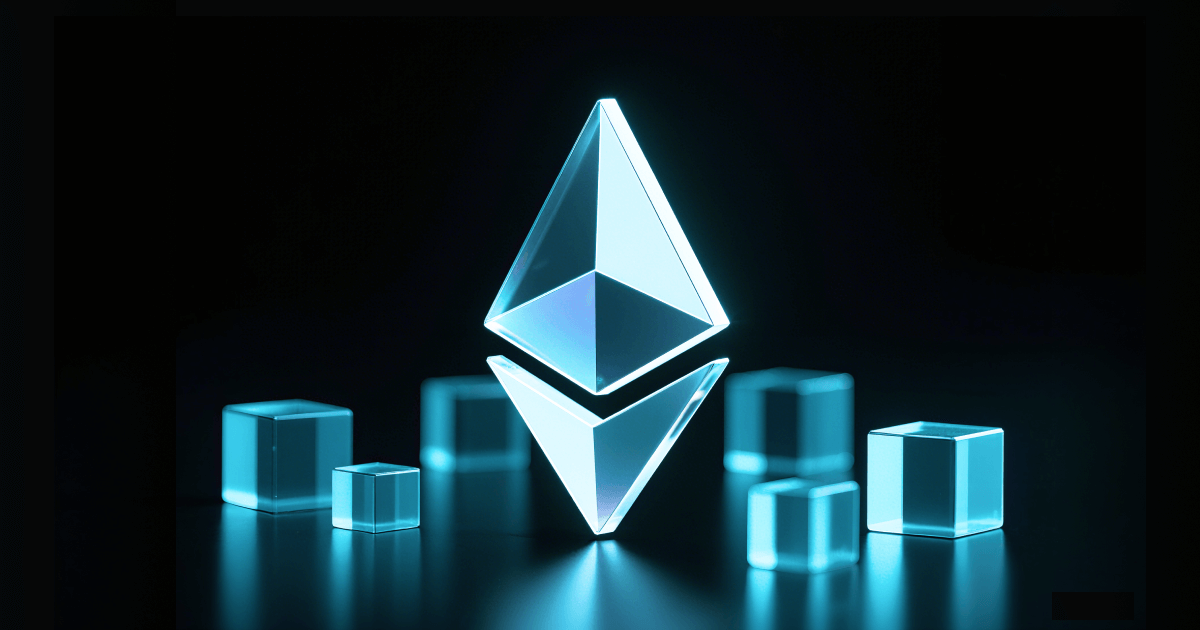
What is a Rollup? Complete Guide to Blockchain Scaling in 2025
As networks like Ethereum face growing demand, rollup technology has emerged as a game-changer by processing transactions off-chain and dramatically reducing fees—all while keeping the security and decentralization users expect. But what exactly is a rollup, and how does it work? In this article, we’ll break down the basics of rollups, explore the differences between optimistic and ZK-rollups, highlight the top projects leading the space, and explain the real benefits and risks for everyday users.
What is Rollup?
A rollup is an advanced scaling solution that processes transactions off-chain and then submits batched summaries or cryptographic proofs back to the main blockchain. Think of rollups as express lanes that handle traffic away from the main highway, then report back with a summary of what happened. These Layer 2 protocols solve blockchain congestion by dramatically increasing transaction speeds while reducing costs, all without sacrificing the security of networks like Ethereum.
Rollups have become the backbone of blockchain scaling in 2025, with over $31 billion in total value locked across hundreds of active networks. For users looking to participate in the rollup ecosystem, Bitget offers comprehensive access to major rollup tokens and projects .
How Do Rollups Actually Work?
The process is surprisingly straightforward. Users send transactions to the rollup network, where sequencers or validators aggregate and process them off-chain. These transactions are then bundled into batches and periodically submitted to the main blockchain with either transaction data or cryptographic proofs. The main chain validates these batches, providing security and finality while the rollup handles the heavy lifting of transaction processing.
This approach means transactions are executed off-chain to reduce congestion, batched together to share gas fees among users, and secured by a single proof or summary posted to the main chain. The result is cheaper and faster transactions that maintain the security guarantees of the underlying blockchain.
What Are the Two Types of Rollups?
| Rollup Type |
How It Works |
Key Benefit |
| Optimistic Rollups |
Assume transactions are valid by default, use fraud proofs to catch bad actors |
Fast processing, full EVM compatibility |
| ZK-Rollups |
Use cryptographic proofs to verify every batch before submission |
Instant finality, enhanced privacy |
Optimistic rollups take a "trust but verify" approach. They assume all transactions are valid and submit batches without upfront verification. However, there's a challenge window (usually 7 days) where anyone can submit fraud proofs to dispute invalid transactions. Popular examples include Arbitrum, Optimism, and Base, which offer broad compatibility with Ethereum smart contracts but require longer withdrawal periods.
Zero-Knowledge (ZK) rollups use advanced cryptography to prove transaction validity before submitting batches to the main chain. They provide instant finality upon proof verification and can offer enhanced privacy by keeping transaction details hidden. Leading ZK rollups include zkSync Era, StarkNet, and Polygon zkEVM, though they may have some smart contract compatibility limitations.
Which Rollups Are Leading the Market in 2025?
Top Optimistic Rollups:
● Arbitrum One - Largest TVL among rollups, robust DeFi ecosystem, trusted Layer 2 security
● Optimism - Modular OP Stack framework, powers multiple chains in the Superchain ecosystem
● Base - Built by Coinbase, seamless fiat-to-crypto onboarding, strong user growth
Leading ZK-Rollups:
● zkSync Era - EVM compatible, targets 10,000+ TPS, broad developer adoption
● StarkNet - Uses zk-STARKs for superior speed, supports Cairo programming language
● Polygon zkEVM - Full Ethereum equivalence, seamless for existing Ethereum dApps
● Linea - Developer-friendly integration, low cost, fast settlement
For users interested in trading these rollup tokens, Bitget provides spot trading for major rollup projects, including recent listings like Caldera (ERA) and BSquared Network (B2) .
What Problems Do Rollups Solve?
Rollups address the blockchain trilemma by tackling scalability without compromising security or decentralization. They solve transaction speed bottlenecks by processing thousands of transactions per second compared to Ethereum's 15 TPS. Cost reduction is dramatic - fees can drop by 90-99% compared to Layer 1 transactions by sharing gas costs among batched transactions.
Network congestion becomes manageable as rollups offload transaction processing from the main chain, reducing blockspace competition. Most importantly, rollups inherit the security of their underlying blockchain while adding their own innovations, creating a best-of-both-worlds scenario for users and developers.
What Are the Real Benefits and Risks of Using Rollups?
Key Advantages:
● Massive scalability - Handle 10,000+ transactions per second
● Dramatically lower fees - Cost reductions of 90-99% compared to mainnet
● Fast finality - Instant for ZK rollups, quick for optimistic rollups
● Security inheritance - Benefit from Ethereum's robust security model
● Rich ecosystem - Support for DeFi, NFTs, gaming, and enterprise applications
Important Limitations:
● Withdrawal delays - Optimistic rollups require 7-day challenge periods
● Bridge complexity - Moving assets between layers can confuse new users
● Centralization risks - Many rollups launch with centralized sequencers initially
● Ecosystem fragmentation - Liquidity and users scattered across multiple rollups
● Smart contract limits - Some ZK rollups have compatibility restrictions
For users seeking exposure to rollup technologies through their native tokens, Bitget's wallet supports multiple Layer 2 networks and provides seamless connectivity to rollup ecosystems.
How Can You Get Started with Rollups?
The simplest way to experience rollups is through established platforms that support multiple networks. Start by setting up a wallet that supports Layer 2 networks, then bridge small amounts of ETH or stablecoins to test different rollups. Many popular dApps now operate across multiple rollups, allowing you to compare speed, costs, and user experience.
For investment exposure to the rollup ecosystem, consider the various approaches available on Bitget's platform. You can trade rollup-native tokens, participate in rollup project launches through launchpools, or hold tokens from major rollup networks like Arbitrum's ARB or Optimism's OP.
Are Rollups the Future of Blockchain Scaling?
Current trends suggest rollups will remain central to blockchain infrastructure. The technology has evolved from experimental solutions to production-ready platforms handling billions in transaction volume. Major frameworks like OP Stack, Arbitrum Orbit, Polygon CDK, and zkSync Hyperchain enable customizable rollup deployment, suggesting the ecosystem will continue expanding.
The competition between optimistic and ZK rollups drives innovation in both camps. Optimistic rollups improve withdrawal mechanisms and modularity, while ZK rollups advance smart contract compatibility and proof generation efficiency. This healthy competition benefits users through better features, lower costs, and improved security.
Why Choose Bitget for Rollup Ecosystem Participation?
Bitget provides comprehensive rollup ecosystem access through multiple service layers. Trade major rollup tokens with competitive fees, participate in early rollup project launches through launchpool campaigns, and access educational resources to understand the technology better.
Platform Benefits:
● Wide rollup token selection - Trade tokens from all major rollup networks
● Layer 2 wallet support - Seamless connectivity to rollup ecosystems
● Educational resources - Comprehensive guides on rollup technology
● Early access opportunities - Participate in new rollup project listings and campaigns
● Cross-chain functionality - Support for Ethereum, Bitcoin, and Solana-based rollups
What Should You Remember About Rollups?
Rollups represent the current best solution for blockchain scaling, offering significant improvements in speed and cost while maintaining security. Both optimistic and ZK rollups have found their niches, with optimistic solutions excelling in ecosystem compatibility and ZK solutions leading in finality and privacy.
The technology continues evolving rapidly, with new frameworks, improved interoperability, and enhanced user experiences emerging regularly. For users looking to participate in this ecosystem, starting with established rollups and gradually exploring newer innovations provides a balanced approach to this transformative technology.
Whether you're interested in using rollup-based applications or investing in rollup tokens, Bitget offers the tools and access needed to engage with this expanding ecosystem safely and efficiently.

- INFINIT (IN): AI-Powered DeFi Interaction Platform2025-08-06 | 5m
- What is a Based Rollup? The New Solution to Rollup Problems2025-08-06 | 5m
- What is an Ethereum Faucet? Complete Guide to Free ETH2025-08-06 | 5m


